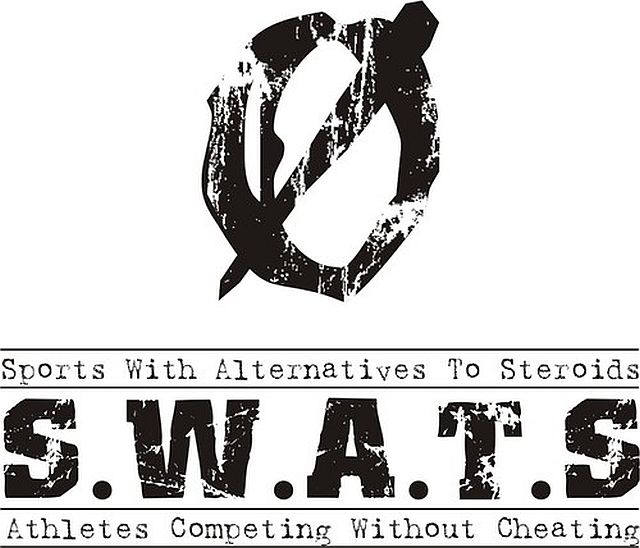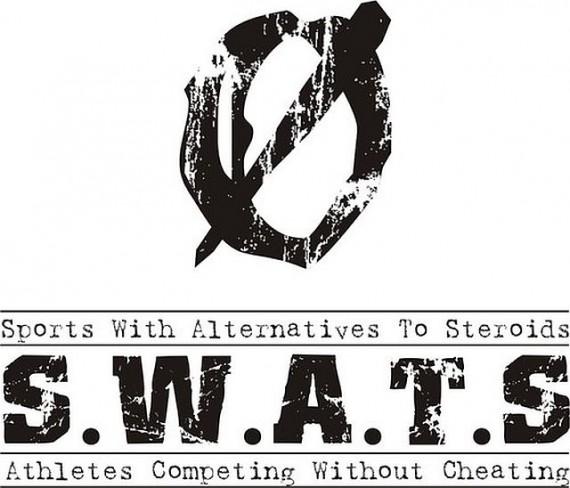
Sports Illustrated has created an imaginary steroid scandal with the feature story by David Epstein and George Dorhmann entitled “The zany story of two self ordained sports science entrepreneurs“. The story focused on products marketed by an Alabama company called Sports With Alternatives To Steroids (S.W.A.T.S.).
One of S.W.A.T.S. products, deer antler spray, allegedly contained the banned performance-enhancing drugs known as insulin-like growth factor 1 (IGF-1) and erythropoietin (EPO). SI idenified several professional athletes including Baltimore Ravens linebacker Ray Lewis and pro golfer Vijay Singh as users of deer antler spray. Epstein and Dorhmann not-so-subtlely suggested that the athletes may be guilty of anti-doping violations.
Sports Illustrated is an institution in American sports and considered to be a highly-reputable sports magazine. When it investigates a controversial topic such as doping in sports, all other news organizations follow suit. Even though SI’s writers portrayed the principals of S.W.A.T.S. as proselytizing charlatans with dubious products, the dramatic story set the stage for hysteria among sports media about a new doping scandal.
The fact that deer antler spray may not actually contain detectable levels of IGF-1 or EPO was immaterial. Even if deer antler did contain the banned drugs as claimed by manufacturers, IGF-1 and EPO are not effectively delivered by pill or spray. Elite athletes who use these products know that the only effective delivery method involves injections.
The New Zealand Medical Journal published a systematic review of seven randomized controlled studies involving deer antler and failed to find any rigorous research to support claims of “sporting performance enhancement”.
Seven RCTs were identified as satisfying all inclusion criteria and examined the effectiveness of velvet antler for rheumatoid arthritis (2), osteoarthritis (1), sexual function (1), and sporting performance enhancement (3). Their methodological quality ranged from 3–5, as measured on the Jadad scale. Two RCTs reported some positive effects of velvet antler supplements, but neither were convincing while the remaining five RCTs found no effect of velvet antler supplements…
Claims made for velvet antler supplements do not appear to be based upon rigorous research from human trials, although for osteoarthritis the findings may have some promise.
Not only did Sports Illustrated create controversy about an imaginary doping problem, the writers have simply repackaged an old “scandal” that was uncovered two years ago by “The Post Game” on January 19, 2011.
S.W.A.T.S. owner Mitch Ross told ThePostGame.com he met [Oakland Raiders head coach Hue Jackson] at the NFL Combine in 2008 and forged a relationship. Ross said he supplied Jackson with free products, which he said were then distributed to players – including Ravens All-Pro linebacker Ray Lewis
It’s hard to imagine that Sports Illustrated has run out of potential steroid scandals to investigate. While Sports Illustrated was wasting their time investigating a non-doping doping scandal, Miami New Times, the free weekly newspaper owned by Village Voice Media, blew the lid off what may be the second coming of the BALCO steroid scandal in Major League Baseball with an exposé of Biogenesis of America; the Biogenesis steroid scandal involved real IGF-1, real anabolic steroids and real human growth hormone (hGH) used by big-name pro athletes.
The Sports Illustrated deer antler doping scandal was fluff. The Miami New Times expose was real investigative journalism.
Rather than provide any meaningful insight into doping in professional and elite sport, Sports Illustrated accomplished only one thing – they created a sales bonanza for the marketers of deer antler supplements.
Abby Ellin of ABCNews on deer antler sales at Wild Miracle:
Vincent Temis, a sales manager at Wild Miracle, Inc., in Fairfax, Va., which sells three different deer antler products ranging from $34.99 to $59.99, told ABC News over the past few days that sales have increased “probably 50 or 60 percent.”
“The publicity increased over the past couple of days and people are wondering if it is really a good product,” he said.
Darren Rovell of ESPN on sales at Private Label Nutraceuticals and Southern Cross Velvet:
“The phones have been ringing off the hook today,” said Brianne Vaskovardzic, director of marketing for Private Label Nutraceuticals, an Atlanta-based company that makes a deer antler velvet extract spray called “Deer Antler.”
“It’s the nature of the industry — when a sports figure speaks positively or negatively about a product, the sales pop.”
[…]
“We’ve done eight times the business we normally do in each of the past couple days,” said Curtis Fouts, owner of Southern Cross Velvet, which claims it has been selling variations of the product for 15 years…
“Today was even busier than yesterday,” Fouts said.
Chris Hunn of the New Haven Register deer antler sales at LuRong Living:
The deer-antler velvet controversy is drawing plenty of attention and Adam Greenberg is reaping the benefits.
Greenberg helped start the company LuRong Living…
“Good, bad, press is press,” Greenberg said. “A couple of years ago, no one knew what it was. It’s brought light to us and gives us a platform to differentiate what’s out there and what’s banned.”
Greenberg has received well over 100 texts, emails and phone calls about his product since the Lewis story came out. Business has increased by 400 percent each day…
“It’s really exciting,” Greenberg said. “It’s unfortunate it’s in such a negative light, but it brings attention to the table for us.”
And finally, John Zenor of the Associated Press on deer antler sales at S.W.A.T.S.:
Key’s tactics are working — for SWATS at least.
His phone goes off frequently during Thursday’s 45-minute interview with The Associated Press and while Key doesn’t give specifics, it’s pretty clear the attention this week has been good for business.
“It’s been good crazy,” Key said. “It’s been the best thing that could have happened. It’s been fabulous.”
…
“Right now, we have what’s supposed to be the biggest game ever,” Key said. “You’ve got two brothers playing each other, you’ve got the guy who’s about to retire and right now, what are they talking about? They’re talking about SWATS.”
Who knows what motivated the Sports Illustrated authors to manufacture a doping scandal? It is quite a coincidence that the “doping” scandal in question involved a top player from the Super Bowl-bound Baltimore Raven. And even more coincidental that the publication of the article happened only days before the Super Bowl.

About the author
Millard writes about anabolic steroids and performance enhancing drugs and their use and impact in sport and society. He discusses the medical and non-medical uses of anabolic-androgenic steroids while advocating a harm reduction approach to steroid education.

Leave a Reply
You must be logged in to post a comment.